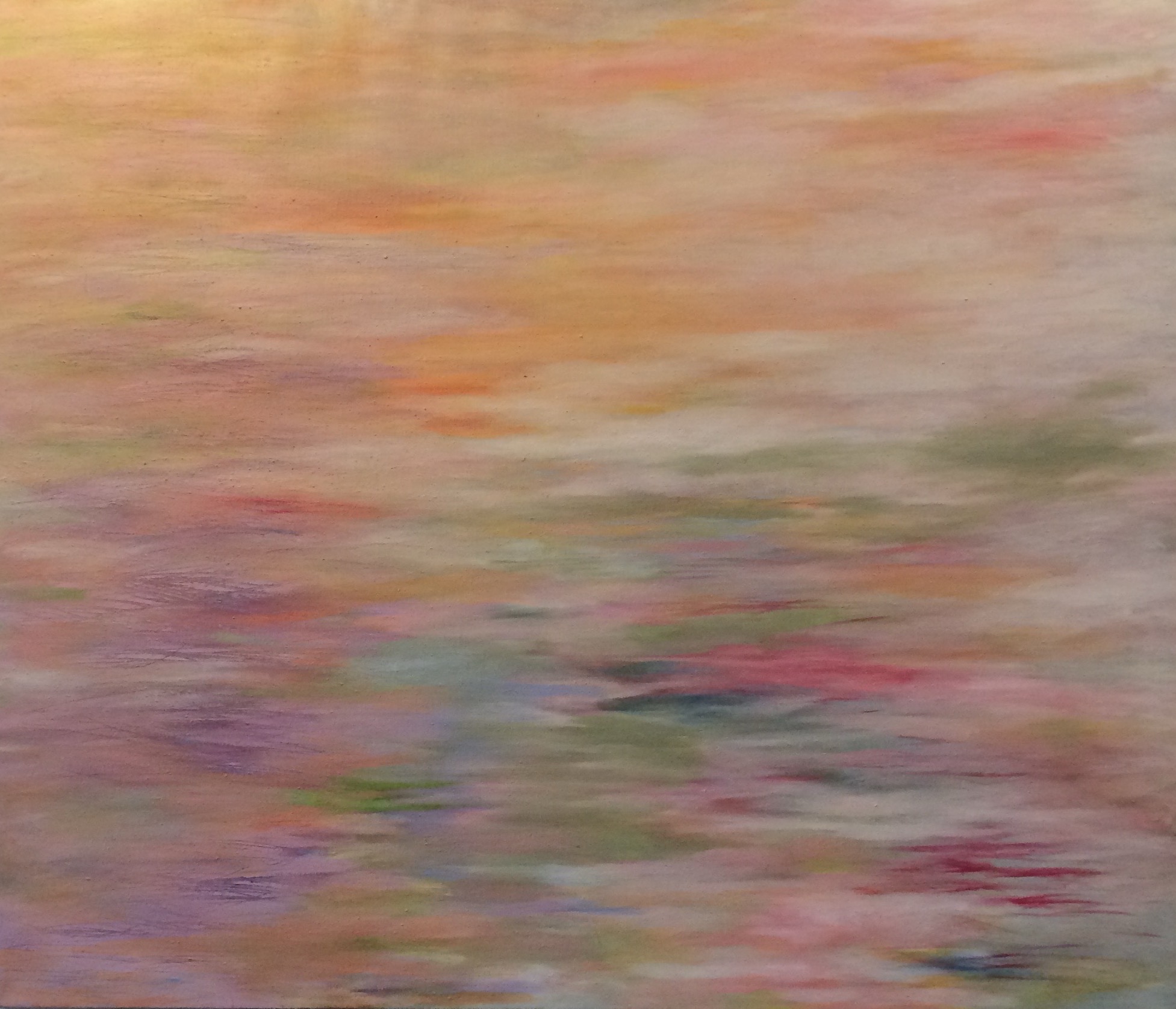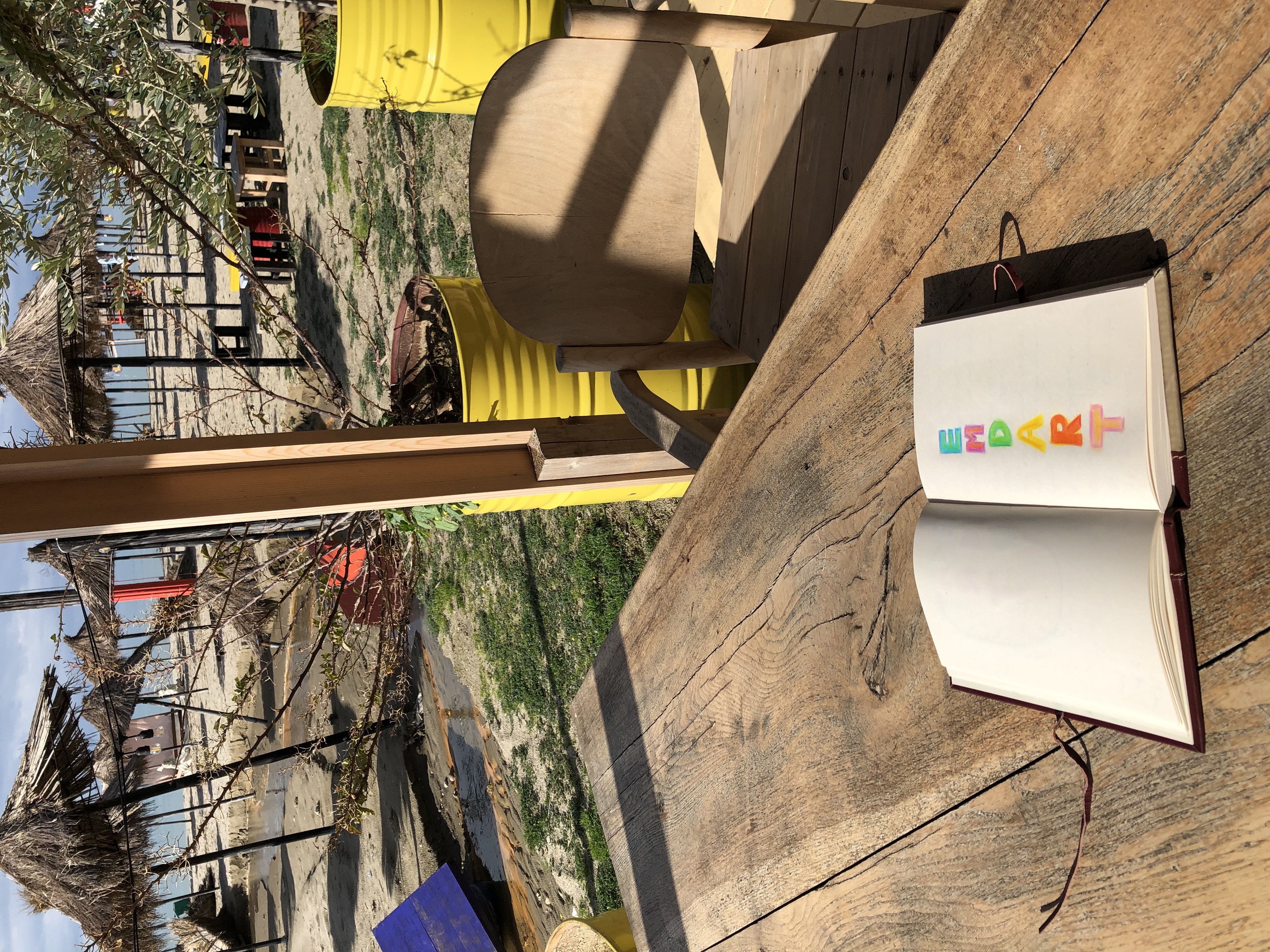Supportive Tools and Training for Trauma-Informed Practice
Explore courses, publications, and curated resources for EMDR and mental health professionals.
View Courses
Explore courses, publications, and curated resources for EMDR and mental health professionals.
View Courses
“As someone new to EMDR, I appreciated the clarity and depth of explanation.”
“This workshop helped me think creatively about using bilateral stimulation and resourcing within the AIP model.”
“A truly helpful and practical addition to my existing practice. The course content complemented my work beautifully.”
“The training created a safe space where I felt confident to share ideas, ask questions, and explore the application of new techniques.”
EMDR is a form of psychotherapy that uses left/right brain stimulation to heal trauma. It is recommended by the UK's NICE for treating PTSD and has also shown benefits in treating depression, chronic pain, and other anxiety-related conditions.
Traumatic experiences can become 'frozen in time' in the brain, replaying as intrusive memories. EMDR helps the brain reprocess these events, reducing distress. It mimics the brain’s natural processing during REM sleep and restores adaptive functioning.
EMDR uses bilateral stimulation (e.g., guided eye movements) while clients recall traumatic memories. This helps reprocess the experience and reduces emotional charge. It is a structured, evidence-based approach used by trained professionals.
EMDR is supported by more controlled studies for PTSD than any other therapy. It is often shorter in duration than other treatments and preferred by clients. Therapists also find it brings changes not achieved with other approaches.
Art Therapy is a psychotherapy that uses creative expression to explore and process emotions. It is useful when verbal communication is difficult and supports emotional wellbeing by externalising feelings through art making.
Clients create art as part of the therapy, using it as a ‘visual diary’ of their inner experience. Speech is also used, and the process is guided collaboratively between client and therapist, focusing on meaning rather than artistic skill.
No. Art Therapy is not about making ‘good’ or technical art. It’s a way to communicate feelings when words are not enough. The materials are used freely and interpretation happens gently, over time, in a safe therapeutic setting.

"Vicarious Trauma & Self-Care in EMDR Practice" – Practical tools and reflections for therapists.
Read More